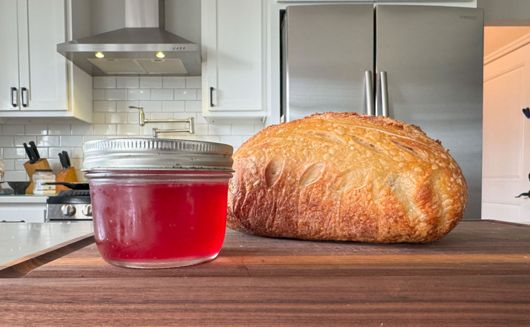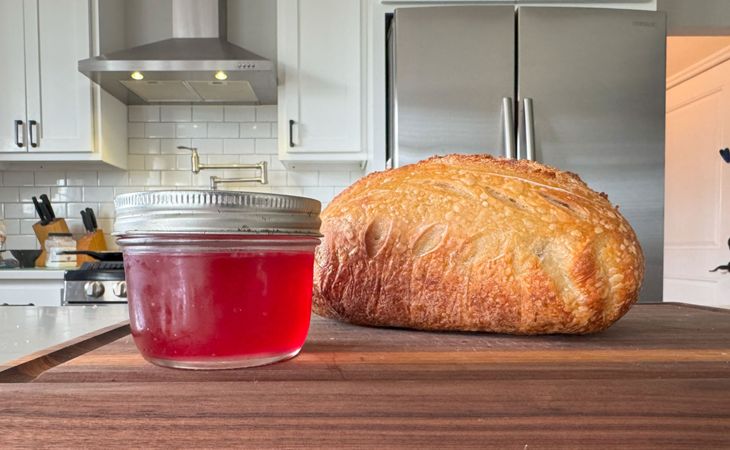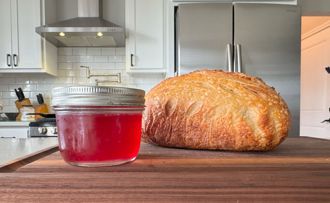How to Acclimate Garlic Bulbs
The best way to succeed in growing garlic is to plan before you plant. Not all garlic varieties grow well in all climates, so you’ll want to make sure the varieties you choose are suited to your growing zone. Learn about the differences between hardneck and softneck garlic, and know what to do with your seed cloves when they arrive.
Acclimation is not necessary for bare-root crops such as potatoes, onions, asparagus, or any other plant entirely under the soil. Upon arrival, they can be planted immediately in the ground or growing container.
NOTE: This is part 2 in a series of 9 articles. For a complete background on how to grow garlic bulbs, we recommend starting from the beginning.
First, understand that some garlic varieties may not grow well in your climate. All garlic bulbs develop in response to their exposure to winter cold, seasonal temperatures and day-length. For example, hardneck garlic begins to develop when days are 13 hours long and the soil temperature is above 60ºF. If these conditions are not in place, growth will either be very slow or non-existent. If daily temperatures rise too quickly in the spring, the bulb grows faster but will stop growing when it’s still small.
If you live in the northern half of the US, you can grow both hardneck and softneck types. If you live in the southern tier, you’ll have better luck with a softneck variety. Before purchasing your garlic, learn about its specific environmental requirements, which can prevent problems caused by improper planting conditions.
The Differences Between Hardneck and Softneck Garlic
Hardneck garlic varieties are very cold-hardy, so choose these if your winters have multiple killing frosts. Like a milder garlic? Hardnecks will be to your liking, as the flavor is less sharp than that of softneck garlic. While they are quite cold-tolerant, hardnecks do not store as well or as long as softnecks.
Hardnecks grow one circle of larger cloves around a stem and produce “scapes” (flower stalks) which intend to reproduce—while they are beautiful, don’t be tempted to leave them, but snip them off before they bloom and add them to a salad or sauté.
Softneck garlic is best grown in warmer zones and is the right choice if you prefer a spicier, more pungent garlic flavor. Softneck varieties keep better than hardnecks, which is why you will almost always see softneck garlic in the grocery store.
Softneck varieties produce scapeless, larger bulbs with concentric layers of cloves. They have necks that don’t harden after harvest, making them easy to braid.
While not technically garlic, Great-Headed or Elephant “garlic” behaves like hardneck varieties. Its super-sized cloves have a very mild flavor (more like an onion or a leek) and only require about 3 months of growing time.
When Your Seed Cloves Arrive
So you’ve ordered the right garlic for your growing zone, and your cloves are on the way! When they arrive:
- Immediately remove your garlic from the shipping box.
- Keep the seed cloves cool and dry—do not let the garlic come in contact with soil or water until you’re ready to plant.
- If you can’t plant right away, don’t worry. The garlic is dormant and can survive for a couple of weeks in a cool, dark, dry place.
Next: In the Location and Soil Preparation articles, you’ll learn where to plant and how to get your garlic bed ready for planting.












